Here at ALIS (pronounced “Alice”), we get a constant stream of feedback from communities about how “easy to use” our software is and how “intuitive” the interface is to work with. Most of the time, this comes from nurses, operators, and front line staff who are already using ALIS in all the functions of their job. But the funny thing is – people new to ALIS sometimes mention the simplicity of the interface in a suspicious manner – believing that being easy-to-use must in some way detract from feature depth. This is absolutely not the case.
As our clients already know, and software buyers across industries are steadily coming to believe, (and even what mega-large companies like Microsoft are now endorsing):
Simplicity does not mean lack of functionality, it means a fast initial learning curve and consideration for the number of concepts the user needs to understand.
For over 12+ years, our company has grown purely through referrals in large part due to the fact that ALIS is the industry leader, bar none, for ease of use.
Why is ease of use such a must have feature? As everyone is aware, the silver tsunami is nearly upon us. This will result in winners and losers in the senior living industry. The winners, both from a financial and regulatory perspective, will be the ones that realize now that ease of use is not merely a cosmetic benefit, but integral to running a healthy and successful community.
Here are the top three reasons that ease of use is a non-negotiable requirement:
1. DATA.
The buzz word on everyone’s lips – people love to talk about what they will do with data. “Oh let me count the ways I will analyze my data!” they exclaim. This is absolutely the right intention with only one teeny tiny caveat: Super complex software that is difficult to use… doesn’t get used.
If a software is not being used, there is no data – or worse, inaccurate data. Companies are spending significant resources chasing after futuristic analytic models and complicated BI bells and whistles without first solving the most fundamental software requirement: USE!
Meanwhile, companies that have adopted easy, user friendly software have happier staff, residents, and families. They’re more efficient, and therefore are able to steadily layer on sophisticated business intelligence tools to slice and dice their juicy data in as many ways as they choose.
2. STAFF UTLIZATION.
The senior living industry is hyper-aware of the very real shortage of qualified staff for their communities. Finding and keeping direct care staff, med aides, nurses, and executive directors is extremely difficult. Also difficult, and critical to maintaining the flow of data (very important, see point #1), is getting current and new staff members trained on the software tools being used in the community.
As noted over at karmaCRM: “A little over 70% of senior executives would trade functionality for ease of use … overly complex tools impede performance — much in the same way a difficult teammate would.” Having a software that is user friendly enough for almost anyone on the street to walk in and start using saves critical time getting staff members up to speed with minimal effort from other (already very busy) staff members.
3. Lives LITERALLY depend on it.
Last, but clearly the most important. A couple of years ago, a nurse friend called me to share a story about a time she was called into an assisted living community to cover an overnight shift for someone who was ill.
When she showed up at the community, she found a new med tech crying in front of the computer. It turns out that it was the med tech’s first shift ever. She had not been trained on the community’s software, and was supposed to be passing medications to residents in a few minutes.
The med tech was crying because she was so thankful that once she logged into the community’s eMAR software, she immediately knew what to do. She was able to easily figure out the medications she needed to prepare for the med pass, and was able to administer the medications to the residents safely and on-time.
You can probably guess why my friend called me. The software was ALIS. As much as it might be easy to believe this is not a real-world example, it is. The community where this occurred is a stellar location. They always have a wait list, and have incredible, effective leadership in place. But these miscommunications still happen. An easy-to-use software helps ensure that staff in every position have the information they need to do what’s right for the community and the residents at each moment of the day.
So, next time you are tempted to discount an “easy to use” software as too simplistic or shallow, look closer. Anytime you hear of a company considering a “big name” software with a terribly complex user interaction with a million different clicks, encourage them to think twice. User friendliness is not for the future – it is for now and it is not negotiable.


